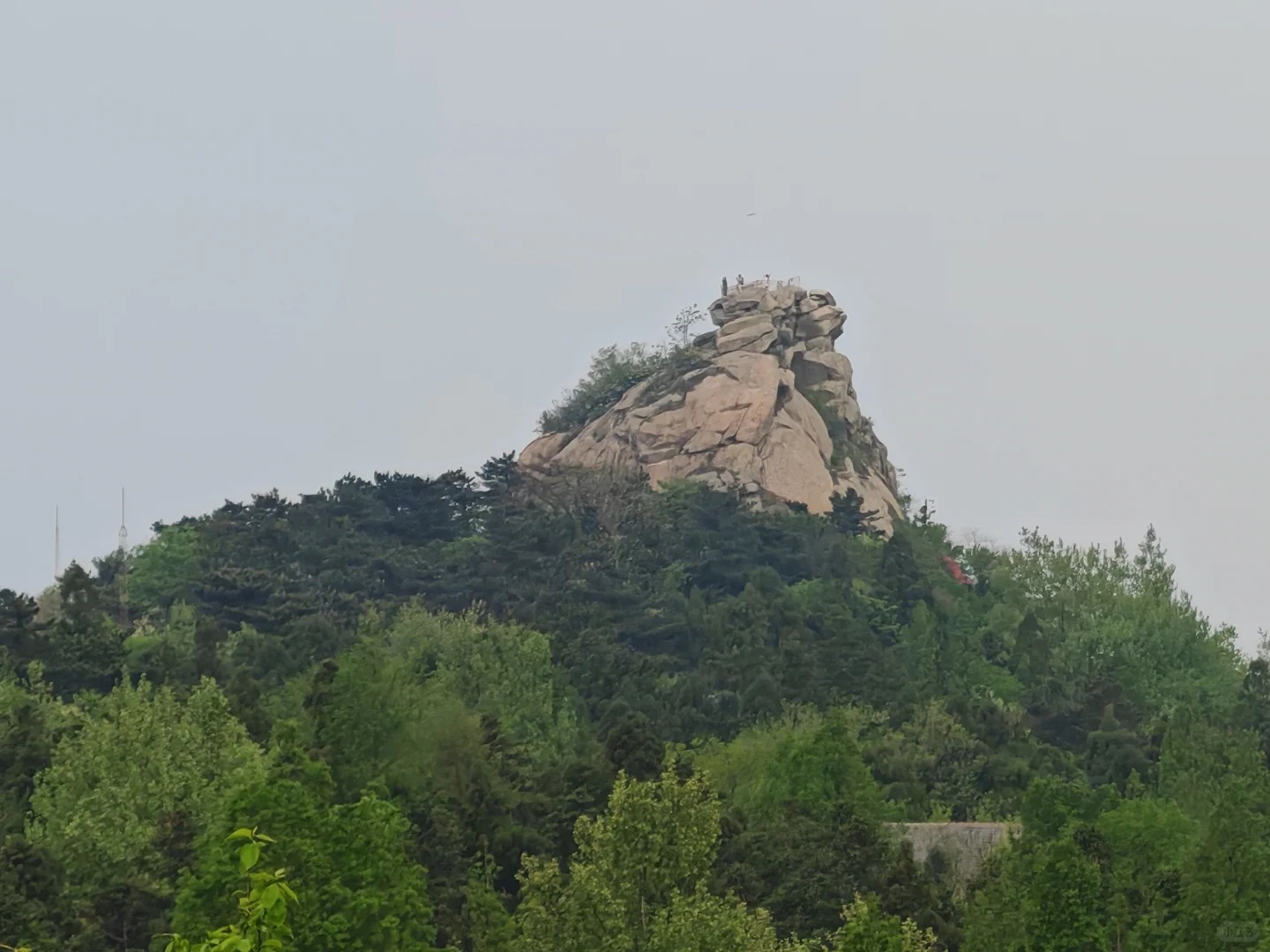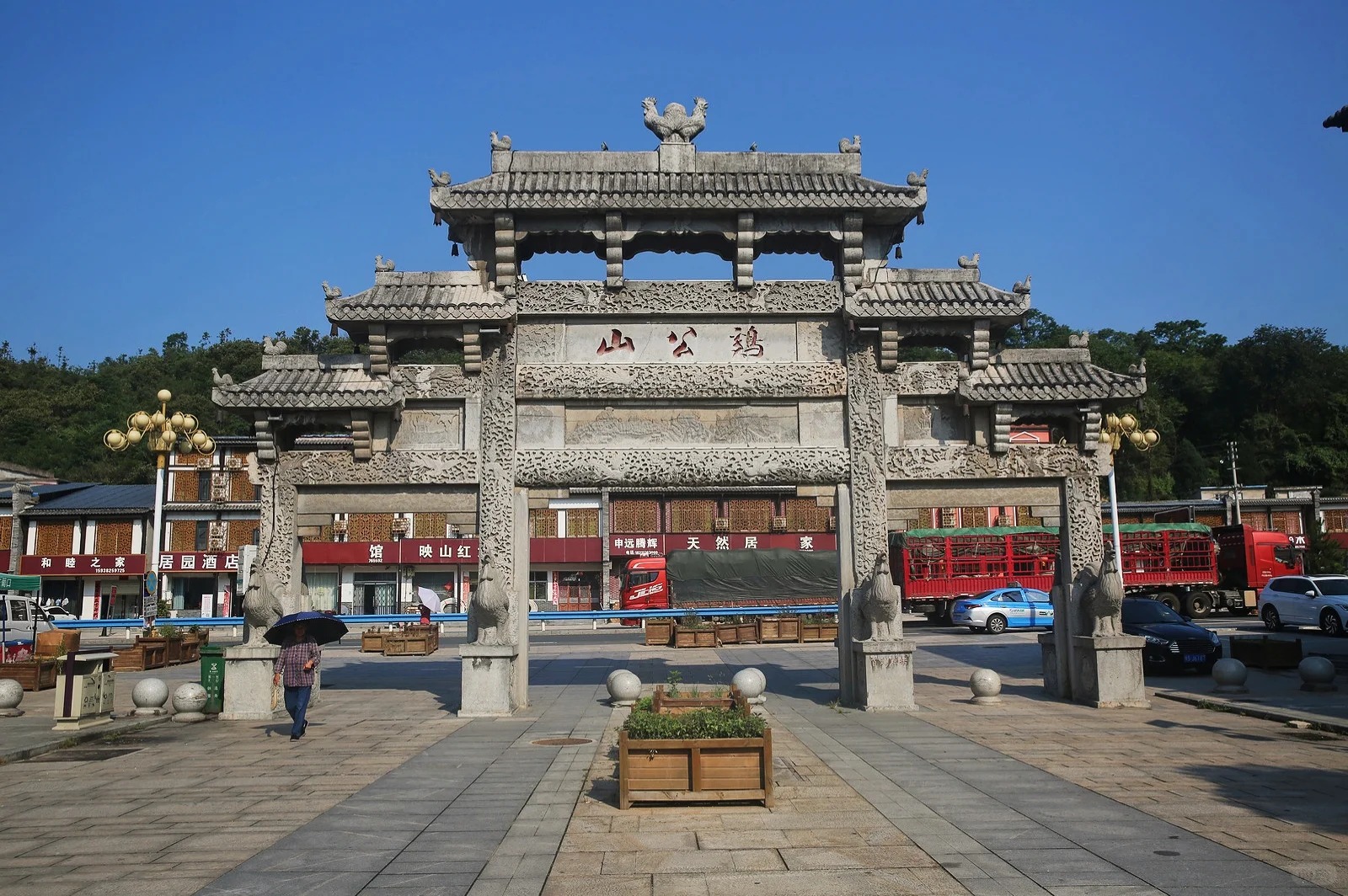Jigong Mountain

Historical Overview
Jigong Mountain’s history dates back over 1,000 years, with early records mentioning its use as a retreat by monks and hermits. During the Qing Dynasty (1644–1912), it gained prominence as a summer resort for officials and scholars escaping the heat of the plains. The name "Jigong" (Chicken Public) originates from a local legend about a rooster’s crow that revealed hidden treasures. In the early 20th century, the mountain became a hub for Buddhist and Taoist pilgrims, with temples and pavilions built across its slopes. Today, it blends natural wonders with cultural landmarks, reflecting centuries of human interaction with the landscape.
Structural Layout
Jigong Mountain’s layout combines natural topography with man-made structures:
- Main Peak Area: Centered on the summit (811m), featuring observation decks and the iconic "Cloud-Piercing Pavilion."
- Temple Cluster: Includes the Grand Buddha Temple, Bright Moon Temple, and Xufeng Pavilion, scattered across the mountainside.
- Lakes and waterfalls: Natural and artificial lakes like Beihu Lake, along with cascades like Xianren Waterfall, enhance the scenic beauty.
- Hiking Trails: A network of paths connects key attractions, ranging from gentle slopes to challenging climbs.
Key structures include the Ancient Pine Path, Stone Frog Stone, and the "Talking spring," a natural spring with legendary acoustic properties.
Major Attractions
- Cloud-Piercing Pavilion: A wooden pavilion at the summit offering panoramic views of the surrounding mountains and plains.
- Grand Buddha Temple: A Buddhist temple housing a 12-meter-tall bronze Buddha statue, surrounded by serene gardens.
- Bright Moon Temple: A Taoist temple known for its tranquil courtyards and ancient cypress trees.
- Xianren Waterfall: A 30-meter-high waterfall named after the "Immortals" of Taoist legend, with a pool for swimming in summer.
- Ancient Pine Path: A shaded trail lined with 500-year-old pine trees, leading to hidden pavilions and viewpoints.
- Stone Frog Stone: A natural rock formation resembling a crouching frog, surrounded by folklore about weather prediction.

Suggested Itineraries
-
Classic Route (3–4 hours):
Mountain Entrance → Ancient Pine Path → Bright Moon Temple → Xianren Waterfall → Cloud-Piercing Pavilion → Return via Beihu Lake
Highlights: Natural beauty, temples, and summit views. -
Extended Route (5–6 hours):
Mountain Entrance → Grand Buddha Temple → Stone Frog Stone → Xufeng Pavilion → Hiking Trail to Summit → Cloud-Piercing Pavilion → Beihu Lake
Highlights: Cultural sites, hiking, and panoramic vistas. -
Comprehensive Route (Full Day):
Mountain Entrance → All attractions above + Guided tour of lesser-known trails, caves, and historical inscriptions.
Highlights: In-depth exploration of nature and culture, including off-the-beaten-path gems.
Ticket Purchase
- Online: Book via official platforms like Ctrip or WeChat (up to 3 days in advance).
- On-Site: Tickets available at the entrance, but queues may form during peak seasons.
- Prices:
- Adults: ¥80 (peak season), ¥60 (off-season).
- Students/Seniors: ¥40 (peak season), ¥30 (off-season).
- Free: Children under 1.2m, disabled visitors, and military personnel.
Transportation
- By Bus: Take a direct bus from Xinyang City Center to Jigong Mountain Scenic Area (1-hour journey).
- By Taxi: Direct ride from Xinyang to the mountain entrance (about ¥100–150).
- By Private Car: Parking available near the entrance (¥20/day).
- Departure: Exit via the main gate; nearby attractions include Nanwan Lake and Lingshan Temple.
Best Time & Tips
- Peak Hours: Avoid 10 AM–2 PM; visit early (7:30 AM opening) or late (after 4 PM).
- Crowds: Weekends and holidays are busiest; weekdays are quieter.
- Weather: Spring (April–June) and autumn (September–November) offer mild temperatures and clear skies.
- Essentials:
- Wear sturdy hiking shoes (trails can be steep and rocky).
- Bring sunscreen, a hat, and insect repellent.
- Carry water and snacks (facilities are limited on the mountain).
- Photography allowed everywhere except inside temples during prayers.
- Prohibited items: Drones, large backpacks, and open fires.
Contact Us
What Our Clients Say?
Based on 10,000+ traveler reviews














